Cost-Benefit Analysis: Investing in Rugged Handheld Terminals for Your Business
In today’s fast-paced industrial and logistics environments, efficiency, durability, and real-time data access are critical for maintaining a competitive edge. Many businesses rely on handheld devices for inventory management, order processing, and field operations. However, standard consumer-grade tablets or smartphones often fail to withstand harsh conditions, leading to frequent replacements and operational downtime.
This is where rugged handheld terminals come into play. Designed to endure extreme environments—whether it’s dust, water, drops, or extreme temperatures—these devices enhance productivity while reducing long-term costs.
In this blog, we’ll conduct a cost-benefit analysis of investing in rugged handheld terminals for your business, comparing them with consumer-grade alternatives. By the end, you’ll understand why rugged devices like the Leeshion LS-N41U are a smart investment for industries such as logistics, warehousing, manufacturing, and field services.
1. Understanding Rugged Handheld Terminals
Rugged handheld terminals are purpose-built mobile computers designed to operate reliably in challenging conditions. They typically feature:
-
IP67 or higher waterproof and dustproof ratings
-
Extended battery life for long shifts
-
Barcode/QR code scanning, RFID, and NFC capabilities
-
Sunlight-readable displays for outdoor use
-
Enterprise-grade security and data encryption
Unlike consumer smartphones or tablets, rugged terminals are built for mission-critical operations, ensuring minimal downtime and maximum efficiency.
2. The True Cost of Consumer-Grade Devices
Many businesses opt for consumer-grade tablets or smartphones due to their lower upfront costs. However, hidden expenses quickly add up:
A. Higher Failure Rates in Harsh Environments
-
Consumer devices are not designed for industrial use. Exposure to dust, moisture, or accidental drops can lead to frequent malfunctions.
-
A study by VDC Research found that non-rugged devices fail at a rate of 12-15% annually in industrial settings, compared to just 2-3% for rugged devices.
B. Increased Downtime & Lost Productivity
-
When a device fails, employees must wait for replacements, leading to workflow disruptions.
-
Every hour of downtime can cost hundreds or even thousands of dollars in lost productivity, depending on the industry.
C. Higher Total Cost of Ownership (TCO)
-
While a rugged handheld terminal may cost 1,500, a consumer tablet might only cost 600.
-
However, factoring in repairs, replacements, and productivity losses, the TCO of consumer devices often exceeds that of rugged devices within 2-3 years.
3. Key Benefits of Rugged Handheld Terminals
Investing in rugged devices offers several long-term advantages:
A. Durability & Longevity
-
Rugged terminals last 3-5 years or more, even in extreme conditions.
-
Example: A warehouse using rugged devices reduces replacement costs by 60% compared to consumer tablets.
B. Enhanced Productivity
-
Built-in barcode scanners, RFID readers, and ergonomic designs speed up workflows.
-
Case Study: A logistics company reported a 20% increase in scanning efficiency after switching to rugged terminals.
C. Lower Maintenance & Support Costs
-
Rugged devices require fewer repairs, reducing IT support expenses.
-
Enterprise-grade warranties often cover accidental damage, further lowering costs.
D. Better Security & Compliance
-
Rugged terminals offer secure boot, data encryption, and remote wipe capabilities, crucial for industries handling sensitive data.
4. Cost-Benefit Analysis: Rugged vs. Consumer Devices
Let’s compare a 5-year TCO for a business deploying 50 handheld devices:
| Cost Factor | Consumer Tablets ($500/unit) | Rugged Terminals ($1,200/unit) |
|---|---|---|
| Initial Purchase Cost | $25,000 | $60,000 |
| Annual Failure Rate | 15% (7-8 devices/year) | 3% (1-2 devices/year) |
| Replacement Cost (5 yrs) | $20,000 (40 replacements) | $4,800 (4 replacements) |
| Downtime Cost (5 yrs) | $15,000 (estimated) | $3,000 (estimated) |
| Total 5-Year Cost | $60,000 | $67,800 |
Conclusion: While rugged terminals have a higher upfront cost, their lower failure rates, reduced downtime, and longer lifespan make them more cost-effective over time.
5. Industries That Benefit Most from Rugged Handheld Terminals
-
Warehousing & Logistics – Faster scanning, reduced errors.
-
Manufacturing – Withstands factory-floor conditions.
-
Retail & Inventory Management – Real-time stock updates.
-
Field Service & Utilities – Works in rain, dust, or extreme heat.
-
Healthcare & Pharmaceuticals – Secure data handling and compliance.
6. Why Choose the Leeshion LS-N41U Rugged Handheld Terminal?
If you’re looking for a reliable, high-performance rugged terminal, the Leeshion LS-N41U is an excellent choice. Here’s why:
✔ Military-Grade Durability – IP67 rated, 1.5m drop-resistant.
✔ Powerful Scanning – High-speed 1D/2D barcode scanning.
✔ Long Battery Life – 7500mAh replaceable battery for all-day use.
✔ 4G LTE & Wi-Fi Connectivity – Seamless data transfer.
✔ Android OS with Enterprise Security – Easy integration with your existing systems.
Final Verdict: Investing in rugged handheld terminals like the Leeshion LS-N41U ensures long-term savings, higher productivity, and fewer operational disruptions.
Conclusion
While consumer-grade devices may seem cheaper initially, their hidden costs make them an expensive choice for industrial and logistics applications. Rugged handheld terminals provide better durability, efficiency, and security, leading to a higher ROI over time.
For businesses looking to optimize operations and reduce long-term costs, the Leeshion LS-N41U is a smart, future-proof investment.
Ready to upgrade? Contact us today to learn more about how the LS-N41U can transform your business operations!
No comments






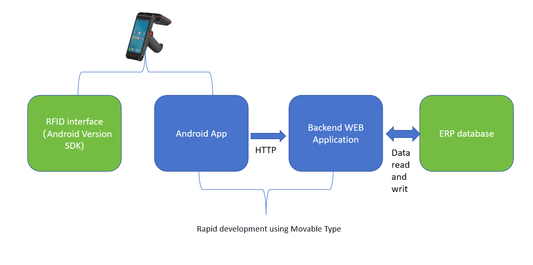
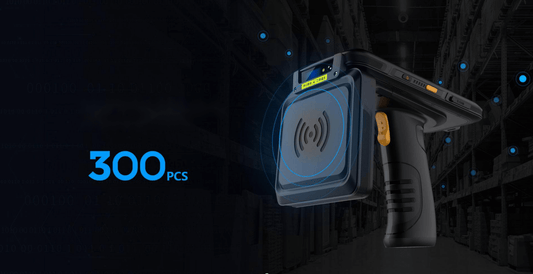

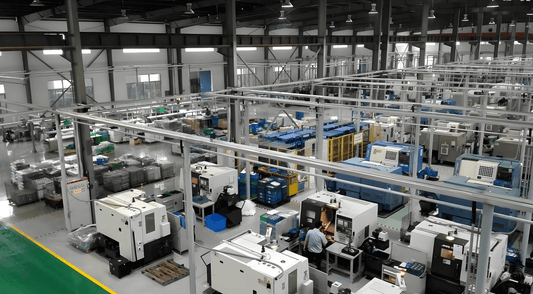
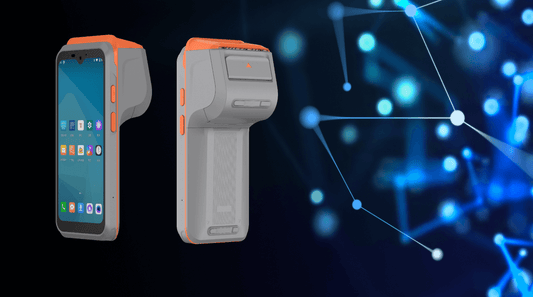
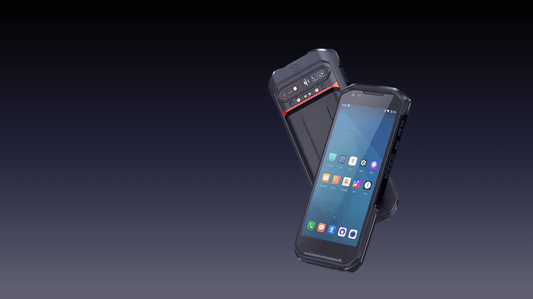
0 comments